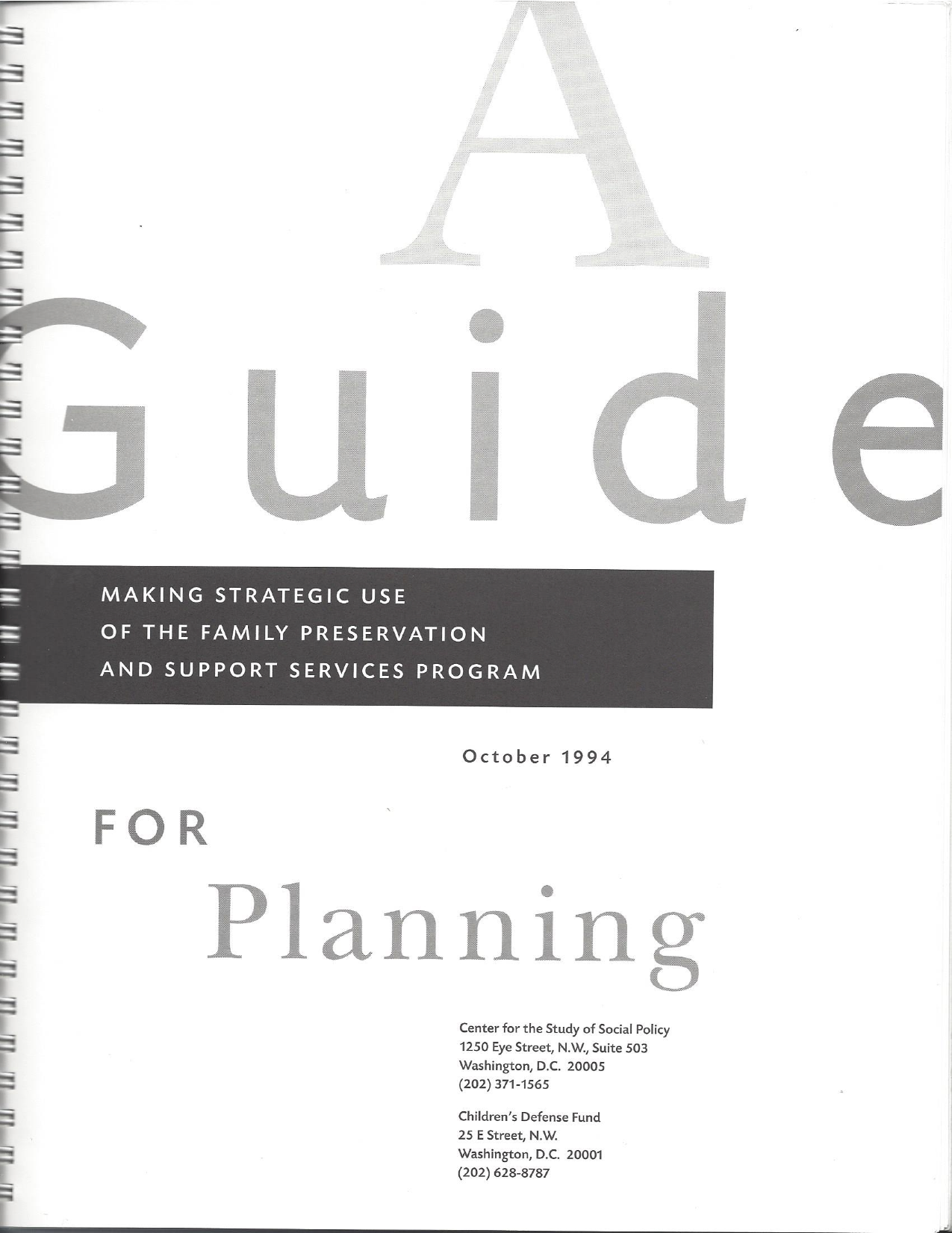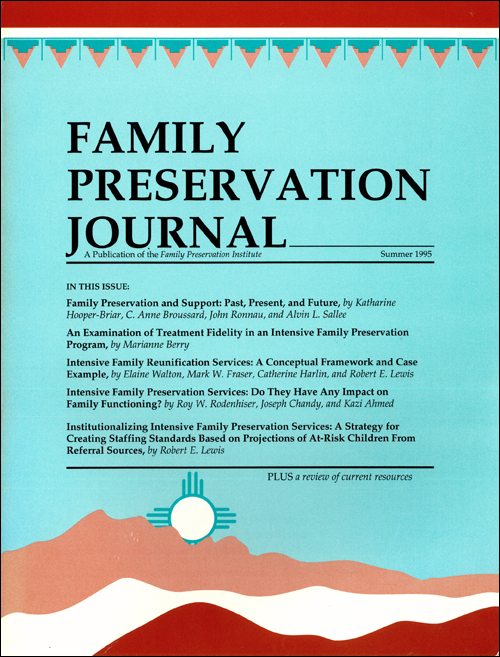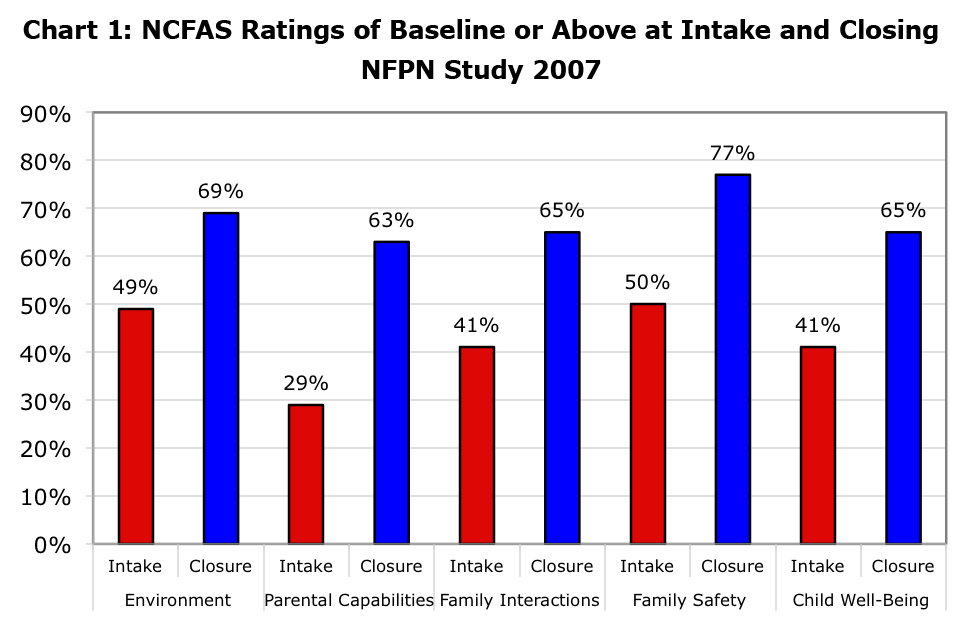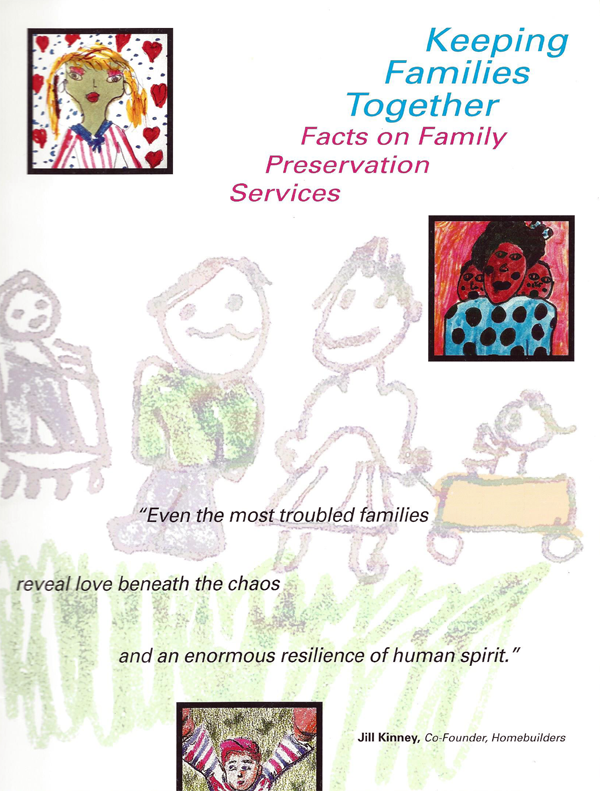 Charlotte Booth, Executive Director of the Institute for Family Development opened the IFPS 40th anniversary celebration with a welcome and shared why the IFPS initiative is so significant in child welfare. She explained that this day was an opportunity to see how all the different aspects of the initiative wove together and the outcomes that make family preservation what it is today.
Charlotte Booth, Executive Director of the Institute for Family Development opened the IFPS 40th anniversary celebration with a welcome and shared why the IFPS initiative is so significant in child welfare. She explained that this day was an opportunity to see how all the different aspects of the initiative wove together and the outcomes that make family preservation what it is today.
Opening Remarks by Charlotte Booth
at the IFPS 40th Anniversary Gala Event
Click here to listen to the audio »
Welcome! What an incredible gathering! Thank you for being here, especially those who traveled so far—and even bigger thanks for those who agreed to speak today.
This event is co-sponsored by the Institute for Family Development and the National Family Preservation Network. On behalf of both organizations I want to express heartfelt gratitude to the Annie E. Casey Foundation and the Institute for Family Development Board of Directors for providing funding that has made this celebration possible. Thank you so much.
We are here today to celebrate and document the most brilliantly conceived and executed system change effort I have ever seen, let alone had the honor of being part of. In fact, while I’ve been calling it an “initiative,” that’s not quite the right word. Revolution or reformation might better express the magnitude of what was done.
A major purpose of this event is to capture and chronicle the past—particularly the mid-1980s to the mid-1990s. However, in the past months while talking with all of you, I realized that not a lot of people are aware of what’s happening in Homebuilders® and Intensive Family Preservation Services today. For many people, their last contact with IFPS was the mid-nineties, which was the beginning of a somewhat dark time for IFPS due to unfortunate interpretations of some of the research.
So, although Shelley Leavitt will speak to this later, I want to say that Homebuilders® and IFPS are alive and well! In fact, with us today we have leaders from some of the states that have begun or are about to begin their own IFPS journey: Doris Tolliver from Indiana, Debra Porchia-Usher from Washington, D.C., and Nell Aucoin from Louisiana. I hope some of the old-timers will seek them out. As we’ll discuss at the end of the day, IFPS can be seen in child welfare initiatives that are in play today.
As I’ve talked with folks in preparation for this event, I also realized that almost no one is aware of all the moving parts in this effort, despite the immense coordination among players. And how could there be? There have been so many people from so many agencies, organizations and universities who have played and still play a role.
As Peter Forsythe said the other day, it is a giant multidimensional jigsaw puzzle. He also said he knew what happened at each step to make the next piece fall into place. That is something we particularly want to capture.
One thing I know we’ll talk about today is the enormous backlash that occurred against IFPS. While painful, it was also a sign of success that meant real change was happening. And these changes challenged the fundamental beliefs about practice and threatened the funding then held by large institutions in the private sector.
Looking back, we can see that in many ways, the IFPS initiative was way before its time in several significant ways.
At a system level:
- The very concept of keeping these families together instead of rescuing children
- Following a specific model at a time when therapy was seen as an eclectic art, not science
- A focus on evidence-based practice
- The importance of saturation and going to scale in order to see a true impact
At a clinical level:
- Making family engagement the clinician’s responsibility
- Requiring that goal setting and treatment planning be done in partnership with families
- Professional staff going into homes on a flexible schedule with 24/7 availability
- Delivery of hard services along with clinical services
- Involvement of the extended family and informal support system
So, there was much that needed to change:
- Attitudes and beliefs about keeping families together
- Federal and state policy
- Funding streams that incentivized placement
- Skills of the workforce
- Willingness to follow a model
- The role of the judiciary in implementation of reasonable efforts
When Frank Farrow and I were talking recently about the backlash, he laughingly said, “Maybe we should have named it ‘Child Savers’ instead of IFPS!” So I think it’s important to keep letting people know that for those of us doing this work, it has always been about what’s best for the children. It’s about a child’s right to live with his or her own family if that is at all possible.
As Maya Angelou said in her forward to the book Keeping Families Together: “How is it possible to convince a child of his own worth after removing him from a family which is said to be unworthy but with whom he identifies?”
I want to close by saying that we want to document this information not just to paint a picture of the past, but to create a blueprint for the new generation of child welfare leaders and policy makers. As Judge Richard Fitzgerald said to me recently, the “current generation needs to know the obstacles we overcame, the strategies we used and how this important change initiative was able to succeed.” And, as Peter Forsythe told me a couple weeks ago, “I’m not happy with the state of the science, or lack of it, for social change. People need to learn how to do this.”
Just a few quick things before our work sessions begin:
- On the back table we have gathered resources and books published over the last 4 decades. If you can add to these, we’d love it!
- As part of the Annie E. Casey funding of this event, we have created a website (www.intensivefamilypreservation.org) as a repository of what was done and what we learned. It will launch on July 23, but you can preview it today on the computer set up on the resource table. We will be adding more information.
Again, welcome! I’m so glad you are all here.





